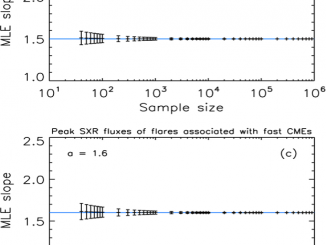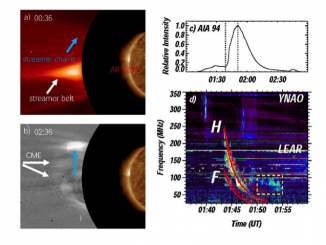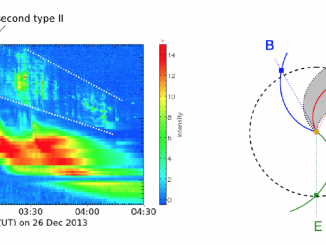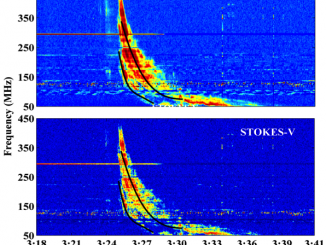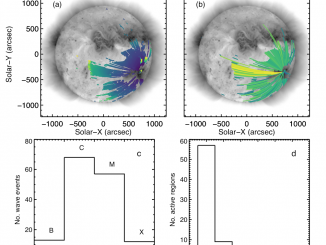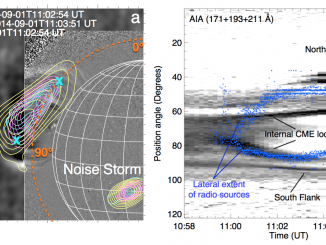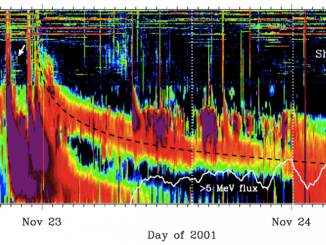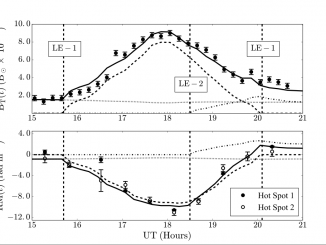Size distributions of solar proton events and their asso-ciated soft X-ray flares based on the maximum likelihood estimator
by E.W. Cliver and E. D’Huys
It has been known for some time that the size distributions of solar radio bursts and soft X-ray (SXR) flares have steeper power-law slopes (~1.8) than those (~1.2) of solar energetic proton (SEP) events. Hudson (1978) suggested three possibilities for this difference: (1) proton flares are fundamentally different from ordinary flares; (2) proton flares represent the large end of the total energy distribution of ordinary flares; and (3) proton flare […]

